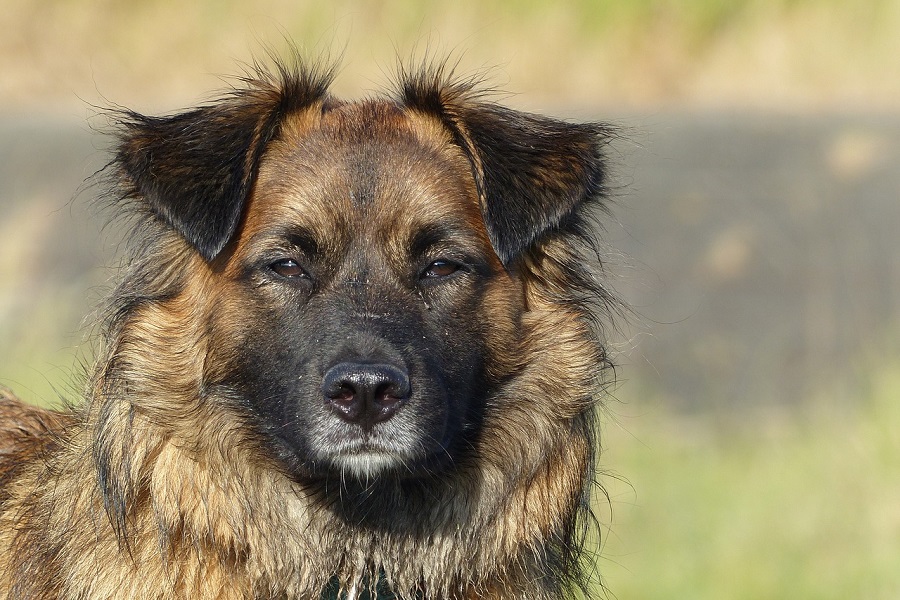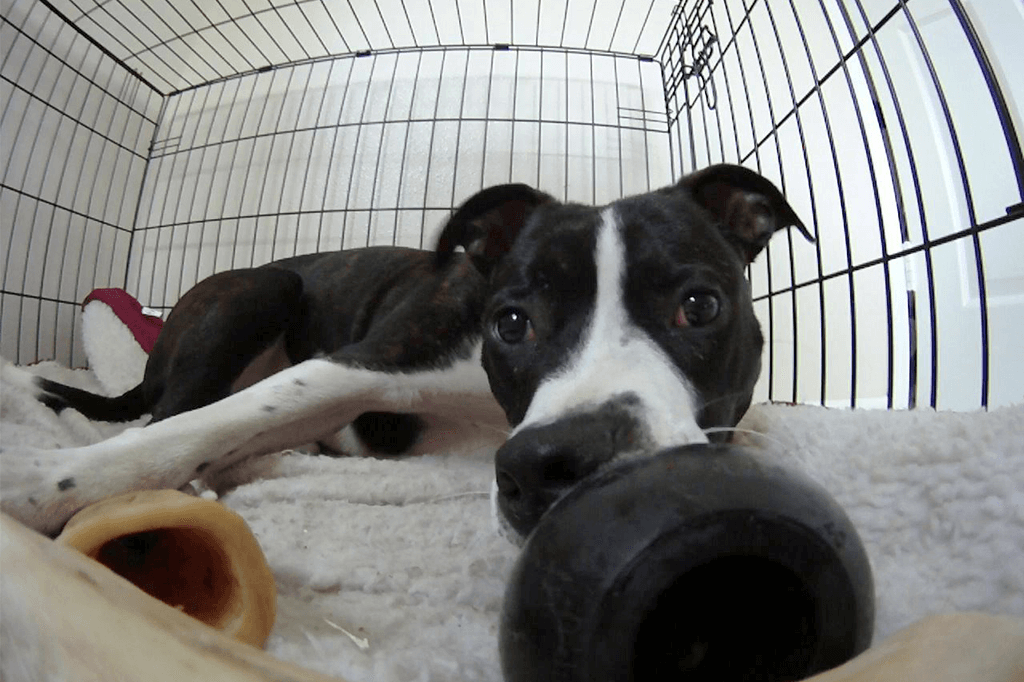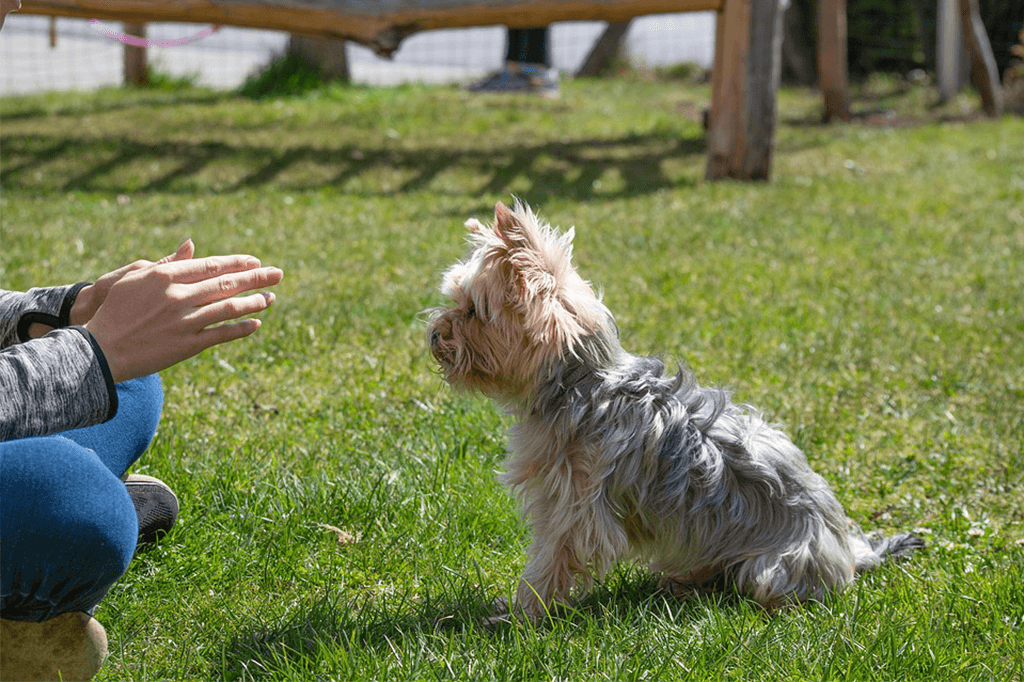5 Dog Training Tips Every Owner Needs to Know
Whether you’re bringing home a puppy or adopting an older dog, stepping into the world of dog ownership can feel a little daunting at first. Fortunately, when it comes to training, we’ve got you covered. Here are five first-time dog owner tips that will help you and your dog get started on the right foot.
1. Set Boundaries Early
Allowing your new puppy to climb all over you and cover your face in sloppy kisses may seem cute now, but chances are that you’ll feel differently in a year’s time when they’re much bigger. Jumping, mouthing, pawing, excessive licking — these behaviors aren’t so cute when repeatedly performed by an adult dog.
This dog whisperer tip also applies to those adopting an older dog. Let that counter-surfing or fence-jumping incident slide and you’ll be dealing with some serious issues in the long run.
Setting appropriate boundaries right from the start is one of our most essential first-time dog owner tips.
Each time your new dog does something, ask yourself if that behavior will still be acceptable in a couple of years. Is the answer no? Then don’t allow that behavior to continue, no matter how adorable or funny it may seem at the beginning.
Dog training tips for puppies are essential to implement the second you bring your new pup home. A structured environment helps them feel secure in trusting you as their new leader.
2. Learn What Motivates Your Dog
Many dogs are motivated by food, others are motivated by toys, and some are motivated purely by praise and attention.
Why does this first-time dog owner tip matter?
Because once you understand what really motivates your dog, training becomes so much easier. Whether it may be a quick game of tug, an extra tasty treat, or a solid back scratch, you can then use that motivation as a reward in training sessions.
Rewarding a dog with something that they truly value will make them try even harder to please, which is exactly what you want when training. To implement this dog whisperer tip, experiment with a few different rewards until you find the one that makes them fulfill your command the most quickly.
3. Always Set Your Dog Up for Success
This first-time dog owner tip is essential. It’s easy to try to rush things when training a new dog. Some dogs pick up commands surprisingly quickly, so you keep asking for more and more. However, ask for too much at once and your dog will end up confused, frustrated, and unmotivated.
Let’s use the “sit” command as an example because it’s one of the first things a new dog is taught. It’s also one of the easiest places to implement solid dog training tips for puppies.
Begin with no distractions. Start in a quiet room where there are no other people, pets, or electronic devices. That way you will have your dog’s complete and undivided attention. First-time dog owners need to use this tip to ensure their dog stays focused and understands what is expected of them.
Once your dog has mastered this in a quiet room in your home, add a single distraction. Try asking for the “sit” while you’re holding a toy, a leash, or your dog’s food bowl. Take it slowly and reward them heavily each time they successfully sit when asked, ignoring the distraction completely.
The next step in this dog whisperer tip is to add multiple distractions. Then, only once your dog can sit on command in the house, with a few different distractions, should you start working on the command outside. Again, first-time dog owners should use this tip in a still and quiet outdoor environment.
If you move too fast and expect your new dog to sit on command in a busy environment while experiencing sensory overload, even though your dog isn’t yet solid with the command at home, then training is going to be a long and bumpy road for you both.
You’ll come across many dog training tips for puppies in your journey as a new owner, but make sure that you don’t forget this one:
Set your dog up for success each time you ask something of them. If your dog fails at any point, then this is a sign that, as a first-time dog owner, you’ve forgotten this tip and you’re asking too much. Take a few steps back until the command is once again rock solid, and only then ask for something new.
4. Keep Training Sessions Short and Sweet
Puppies, as well as older dogs who are being trained for the first time, have a very short attention span, usually just a minute or two. Dog whisperer tips include not overwhelming their ability to focus.
Dog’s brains need to adjust to being worked. Those short bursts of intense concentration are mentally exhausting for a dog who isn’t used to thinking so hard, which is why their attention will start to drift pretty quickly.
First-time dog owners use this tip frequently. You want your new dog to be engaged and focused each time you’re working with them, so keep all your training sessions short. At the beginning, a training session should last no more 60 seconds, if that. You need to stop before your dog loses focus.
Over time, you’ll be able to build up the amount of time, until you’re training for longer periods.
5. Read Up on Dog Owner Etiquette
Researching dog training tips for puppies is a great start, but it’s not just dogs that need to be trained — new owners have plenty to learn, too. Read up on first-time dog owner tips and etiquette (like this blog!) so you understand how you should be handling and training your dog in different situations.
For example, what’s the polite way for your dog to greet other dogs and people on walks? How does this change if the dog you encounter is reactive or aggressive? There are certain standards that responsible dog owners try to adhere to as much as possible, so make sure that you’re aware of these.
The internet is full of different first-time dog owner training tips, but make sure that you only follow advice from reputable sources. Dog training should always be fun and positive — it’s a great way to build a strong bond with your new dog, and one that will benefit both of you for years to come.





